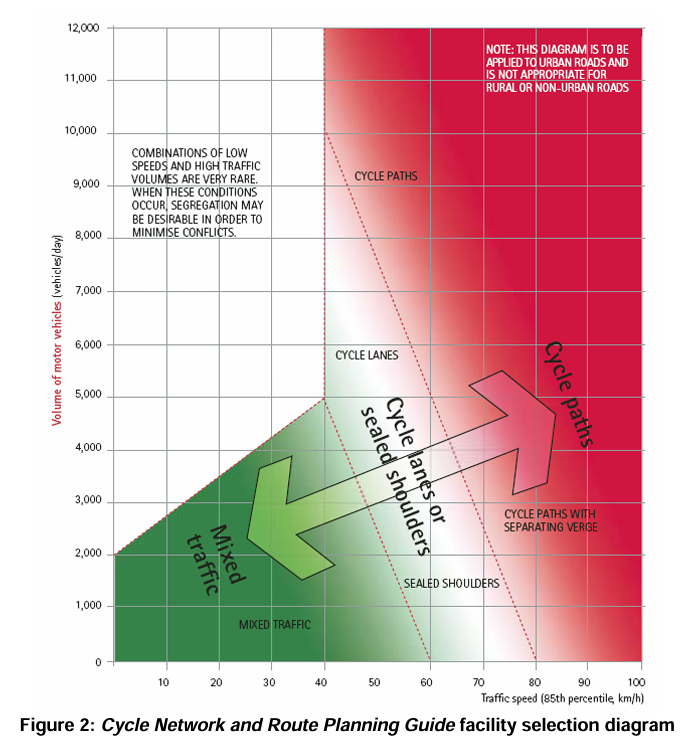Planning and design for cycling: developing best practice in New Zealand
Where presented / published:
2005 ITE Conference, Melbourne
Abstract
New Zealand, like much of the western world, has for a long time had a land transport system highly dependent on (and designed for) automobiles, but this is beginning to change. Cycling, for example, is now being encouraged in this country via both central and local government initiatives and strategies. Amongst other issues, one of the biggest impediments to developing a more cycle-friendly environment has been the lack of national standards, guidelines and training in this area for professional practitioners, such as engineers and planners.
Recently a number of new initiatives in New Zealand have begun to fill this void. A "Cycle Network and Route Planning Guide" has been produced to provide a best practice framework for local cycle planning strategies. Similarly, a "Cycle Design Supplement" (based on the Australian "Guide to Traffic Engineering Practice, Part 14: Bicycles" but with a number of significant differences) now provides consistent guidelines for the design of cycle facilities in New Zealand. An industry training course "Fundamentals of Planning and Design for Cycling" has also been developed and delivered to practitioners throughout New Zealand, to introduce the new technical information and "good practice" principles.
This paper summarises the development of these initiatives and outlines the various topics that they address. Specific points of difference to some of their overseas counterparts are also highlighted. Impressions on the success to date of these tools are also discussed, as well as thoughts for further development.
This paper is available online on this website.





